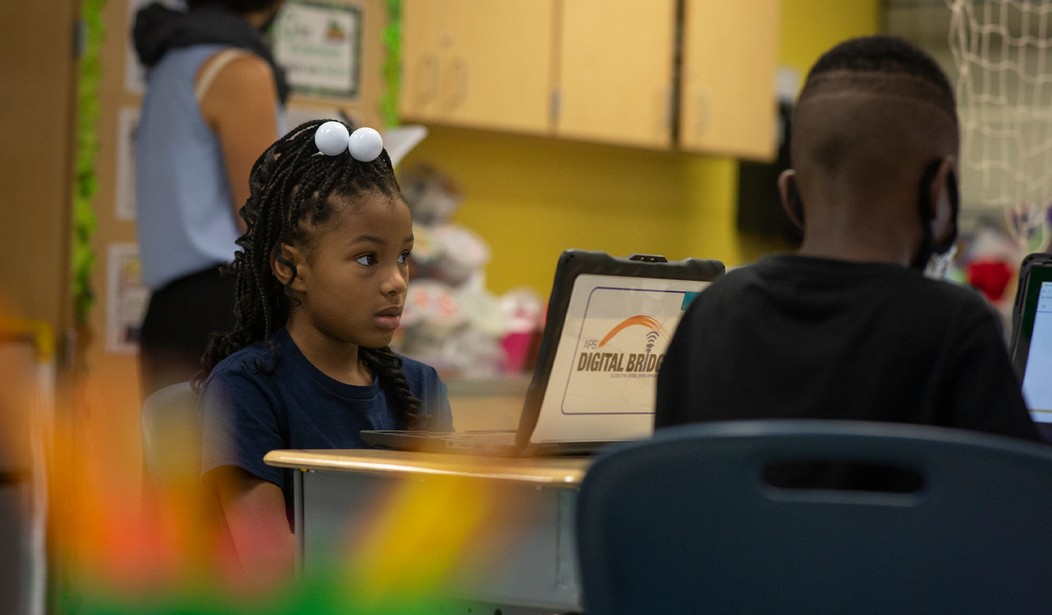The border crisis is one of the most contentious yet important issues in this year’s election. Unchecked illegal immigration has put a strain on so many resources across the country, but one of the most overlooked aspects of this crisis is how it affects our schools.
When it comes to children, the left tends to report on them as a way to accuse conservatives of being callous, while we conservatives tend to talk about children who are victims of trafficking and other crimes. But not many politicians, pundits, or media outlets have talked about the impact the border crisis has had on our schools until now.
Reuters conducted a somewhat informal survey of school systems to see how the rush of immigrant children has affected schools. The site contacted school districts across the country, both large and small systems, urban and rural schools, to ask them about what the crisis has done to our public schools:
More than half a million school-age migrant children have arrived in the U.S. since 2022, according to immigration court records collected by Syracuse University, exacerbating overcrowding in some classrooms; compounding teacher and budget shortfalls; forcing teachers to grapple with language barriers and inflaming social tensions in places unaccustomed to educating immigrant students.
To gauge the impact of immigration on public schools across the U.S., Reuters sent a survey to more than 10,000 school districts. Of the 75 school districts that responded, serving a total of 2.3 million children or about 5% of the public school population, a third said the increase in immigrant children had had a “significant” impact on their school district.
The school systems that responded included districts in 23 states. Over half of the districts who answered questions said that they have had to hire more English as a Second Language (ESL) teachers, while 15 districts mentioned the difficulties teachers and administrators are having when it comes to communicating with parents.
Related: Greg Abbott Shares the Harsh Reality of Biden's Border Crisis at the RNC
“Textbooks are not in their language. Resources are not easily available. Google Translate does not work that great,” one Ohio administrator told Reuters.
Several districts mentioned that their teachers didn’t have sufficient training to handle the influx of immigrant kids, and most of the school systems that responded to the survey said they would welcome any training that they could get. Training issues included overcoming language and cultural barriers and helping kids deal with trauma.
Some school systems are also reeling from the general increase in students. “Anytime you have an unpredictable pattern of student enrollment all at once, the strain it creates on the system is tremendous,” one superintendent told Reuters, but the immigration crisis “required our system to stand up processes across the city to not only communicate with families but also support them in getting their basic needs met in order to have students coming to school ready to learn.”
Add to this the reality that parents are taking their kids out of public schools in astonishing numbers. In a lot of ways, this is a different issue that doesn’t relate directly to the immigration crisis, but it does exacerbate the situation for schools. So many kids leaving the school systems while many other kids come in with wildly different needs doesn’t make things easier.
It's hard not to feel for these kids who don't have a say in their parents dragging them to an unfamiliar country. At the same time, you can't help but sympathize with the teachers and administrators who have also had no say in the minefield of issues that illegal immigrants have added to their already full plates.










Join the conversation as a VIP Member